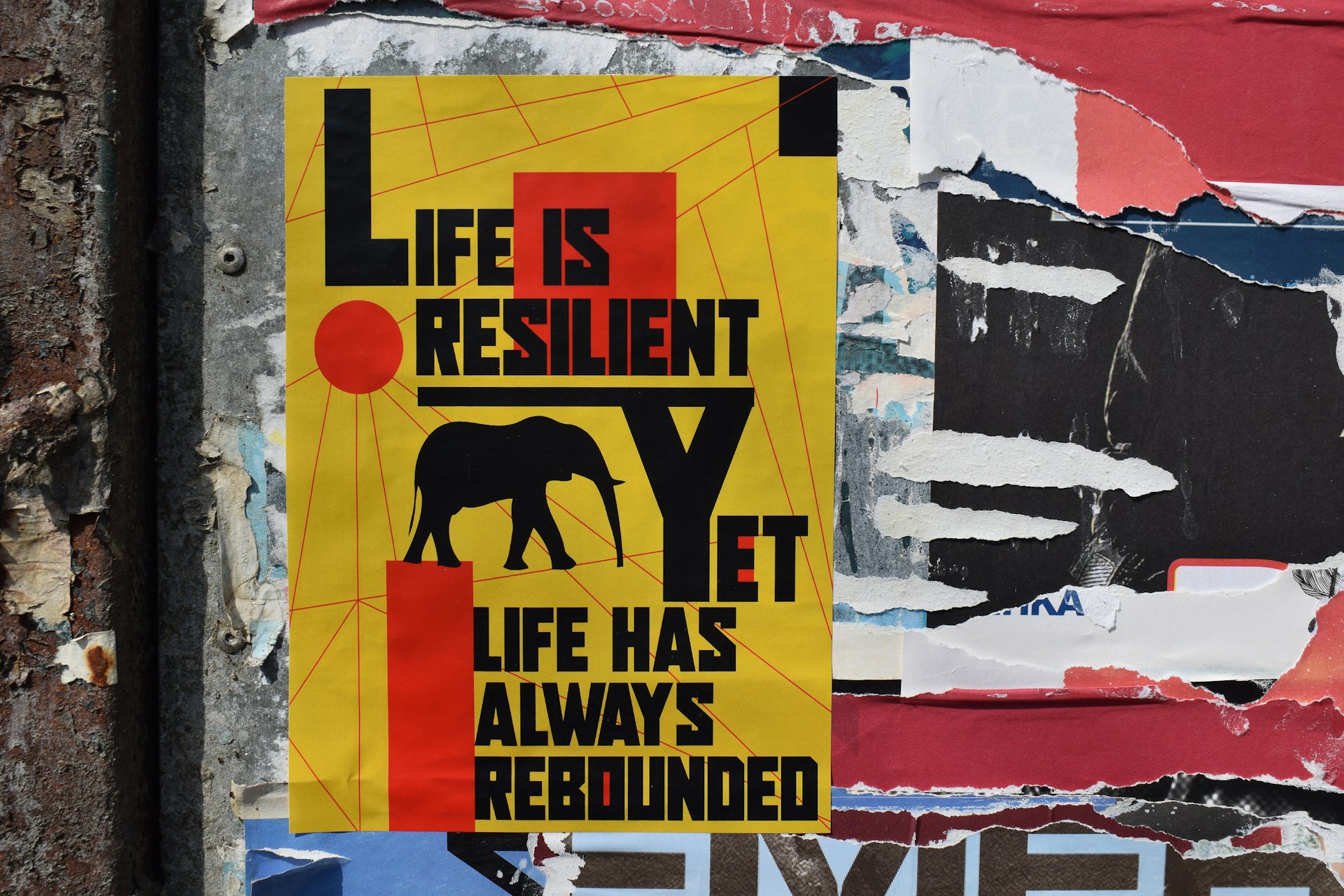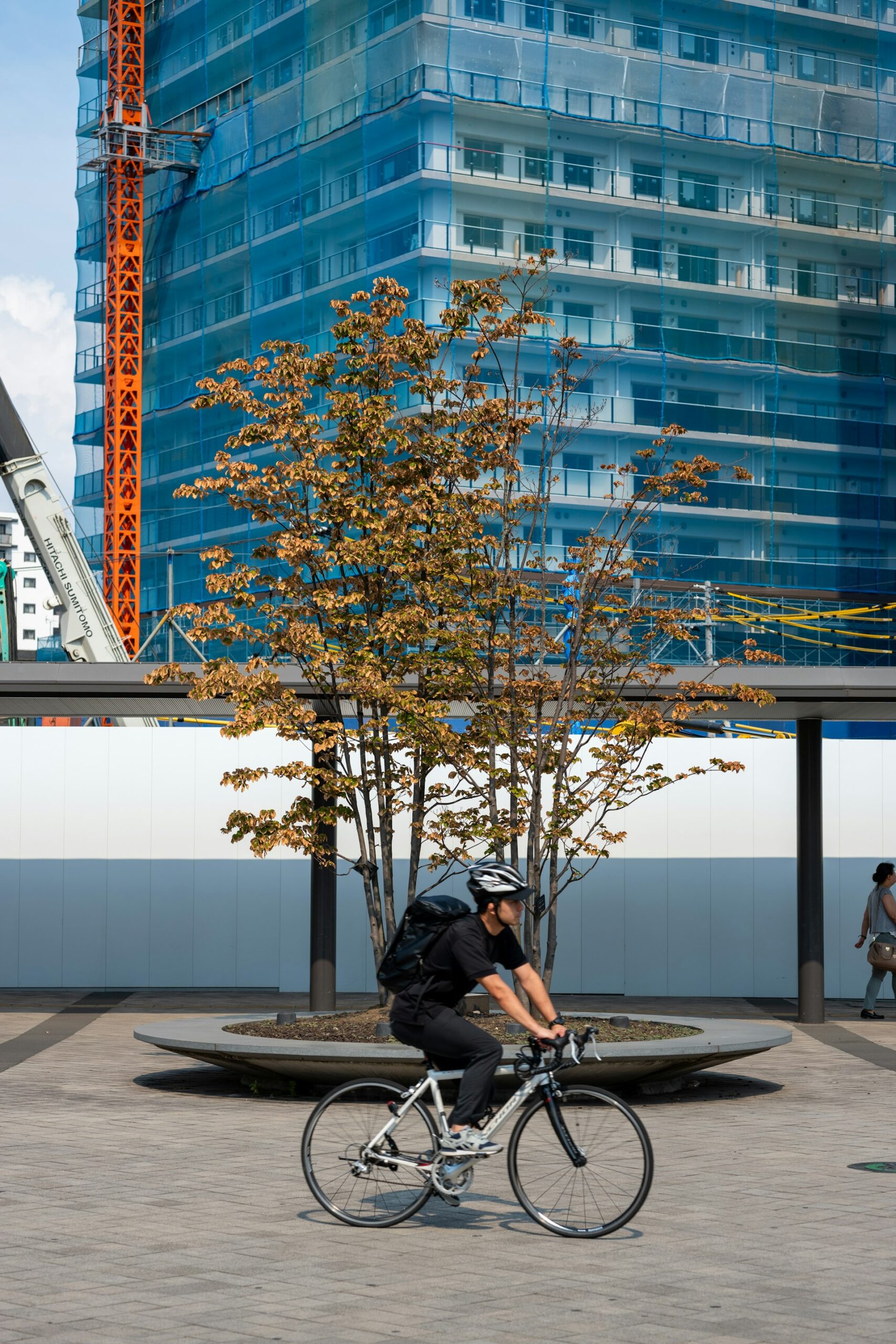Artistic Innovation at the Edge: How Artists Respond to Technological Change

Photo by Claudio Schwarz on Unsplash
Introduction: The Dynamic Relationship of Art and Technology
The relationship between art and technology is longstanding and continually evolving. As new inventions and scientific breakthroughs have emerged throughout history, artists have responded by adopting, critiquing, and transforming these tools into new forms of creative expression. Understanding how artists respond to technological change can illuminate the shifting boundaries of creative possibility and offer practical guidance for those seeking to engage with the latest artistic movements.
Historical Context: From the Industrial Revolution to Digital Frontiers
The transformative impact of technology on art can be traced to pivotal moments in history. The Industrial Revolution, for example, inspired the Futurist movement, where artists such as Umberto Boccioni and Giacomo Balla celebrated machines, speed, and modernity in their work. Their dynamic compositions, angular lines, and bold colors reflected an enthusiasm for technological progress and the energy of rapidly changing urban landscapes. Futurist artists challenged traditional artistic norms, introducing a new aesthetic language that embraced the future and the machine as a creative symbol [4] .
Throughout the twentieth century, movements like Fluxus and Gutai further blurred the boundaries between art and technology. These avant-garde groups incorporated performance, interactive elements, and new media, seeking to create innovative artistic vocabularies for a changing world [5] .
Collaboration and Experimentation: The Birth of Media Art
Significant advances in artistic responses to technological change have often emerged from interdisciplinary collaboration. In the 1960s, Billy Klüver, an engineer at Bell Laboratories, brought together artists and engineers for groundbreaking projects such as “9 Evenings: Theatre and Engineering.” This event, featuring artists like Robert Rauschenberg and Jean Tinguely, showcased the artistic potential of electronics and wireless technology. Following this success, Klüver co-founded Experiments in Art and Technology (E.A.T.), fostering a community where creatives and technologists could jointly explore new artistic frontiers. E.A.T. grew to include over 5,000 members, including luminaries such as Andy Warhol and Jasper Johns [1] .
Such collaborations demonstrate that technological innovation can expand the expressive toolkit available to artists, enabling new forms of performance, sculpture, and installation that would be impossible with traditional techniques.
Contemporary Practices: Digital Art, Interactivity, and New Media
The digital revolution has dramatically shifted the landscape of artistic practice. Today, artists leverage advanced software, interactive installations, and emerging media formats to create works that transcend traditional boundaries. Digital tools not only assist in the creative process but often become the medium itself. For instance, Michael Manning’s paintings begin with computer programs simulating oil painting, which are then printed, blending digital and analog aesthetics [5] .
Performance art, too, has embraced technology. Chris Milk, for example, integrates audience interaction and digital interfaces into his installations. His project “Treachery of the Sanctuary” utilizes motion-tracking and digital projection to allow visitors to interact with virtual birds, exploring the creative process in three immersive stages. Such works highlight how technology can create new dimensions of engagement and meaning, making art participatory and responsive to the viewer [2] .
Interactive films, like those by Ben Tricklebank, empower viewers to influence the outcome, reflecting a broader trend towards participatory media experiences [5] .
Practical Steps: Engaging with Technology-Driven Art
For artists and enthusiasts seeking to access or participate in technology-driven art, there are multiple pathways:
- Attend exhibitions and events: Many major galleries and museums now regularly feature exhibitions that explore the intersection of art and technology. For example, the Barbican Centre in London has hosted the “Digital Revolution” exhibition, highlighting both historical and contemporary digital art [3] . Consider searching for similar exhibitions at major cultural institutions in your region.
- Explore artist collectives and organizations: Groups like Experiments in Art and Technology (E.A.T.) historically fostered collaboration between artists and technologists. While E.A.T. itself is less active today, many contemporary organizations and online platforms continue this mission. You can search for local or virtual artist-tech communities, hackathons, or interdisciplinary residencies using terms like “art technology collective” or “digital art residency.”
- Experiment with digital tools: Many digital painting, animation, and generative art tools are accessible online. Programs like Adobe Creative Suite, Processing, and open-source platforms such as GIMP or Blender allow artists to create digital artworks at various skill levels. Tutorials are widely available on official software websites and reputable educational platforms.
- Engage with online communities: Platforms such as Behance, ArtStation, and DeviantArt feature a wide range of technology-driven art. These communities can provide inspiration, feedback, and opportunities for collaboration.
- Consider academic and professional development: Universities and art schools increasingly offer programs in digital media, interactive design, and new media art. To find programs, search for “digital art degree” or “interactive media studies” on the websites of accredited institutions. Always confirm the institution’s accreditation and program details before applying.
- Participate in workshops and festivals: Events like Ars Electronica, SIGGRAPH, and regional media art festivals offer workshops, talks, and showcases. You can locate these by searching for “media art festival” or “digital art workshop” with your location or area of interest.
For those wishing to exhibit or distribute digital artworks, research online galleries and platforms that specialize in technology-driven art. Many platforms accept submissions from emerging artists, but always review submission guidelines and verify the legitimacy of the platform before sharing your work.
Challenges and Considerations: Navigating the Artistic-Technological Landscape
While technology offers unprecedented creative opportunities, it also presents unique challenges. Artists may need to acquire new technical skills, invest in specialized equipment, or collaborate with engineers and programmers. Intellectual property, digital rights management, and preservation of digital works are ongoing concerns, as formats and platforms change rapidly. Some artists find success by forming interdisciplinary teams or seeking support from organizations dedicated to art-technology innovation.
Additionally, access to advanced technology can be limited by cost or availability, potentially creating inequities in who can participate in certain artistic movements. Open-source tools and community workshops can help bridge this gap for many creatives. Always exercise caution when sharing work online, and consider consulting legal or professional resources regarding copyright and licensing.
Alternative Approaches and Future Directions
Not all artistic responses to technological change involve direct embrace. Some artists critique or subvert technological advances, using their work to question the role of machines and algorithms in society. Others seek balance by blending digital and analog techniques, or by exploring themes of identity, surveillance, and agency in a high-tech world. As artificial intelligence, virtual reality, and other emerging technologies become more prevalent, artists will continue to invent new forms of expression and critical inquiry. For those interested in the latest developments, following academic journals, professional associations, and reputable art-tech news sources is recommended.

Photo by Redd Francisco on Unsplash
Conclusion: Embracing the Creative Potential of Technology
Artists’ responses to technological change are as diverse as the tools themselves. By understanding the historical context, engaging with contemporary practices, and seeking out opportunities for learning and collaboration, artists and art lovers alike can play an active role in shaping the creative possibilities of the future. Whether through direct experimentation, interdisciplinary collaboration, or critical reflection, the intersection of art and technology promises to remain a vibrant and transformative space for years to come.
References
- [1] Tate (2021). 6 Artists Who Use Technology in Their Work.
- [2] ARTDEX (n.d.). How Technology is Changing the Art World.
- [3] Smithsonian Magazine (2014). 7 Ways Technology is Changing How Art is Made.
- [4] Lazerian (2023). Tech-Inspired Art Movements: How Technological Advancements Shaped Art.
- [5] Artsper Magazine (2025). The Serious Relationship of Art and Technology.



